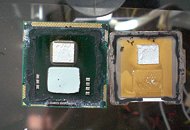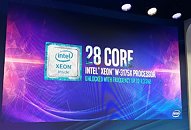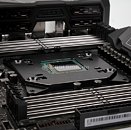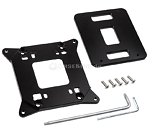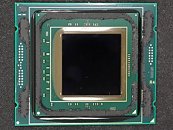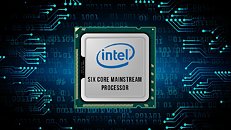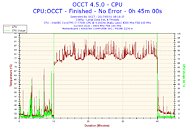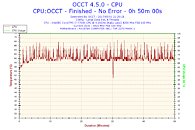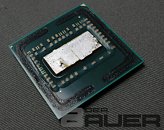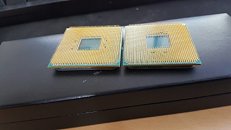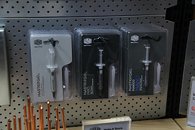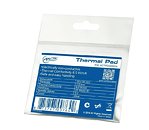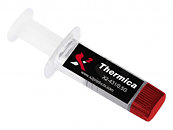
Cooler Master Redesigns its TIM Packaging so Parents Don't Think Their Kids are Doing Drugs
Applying thermal interface material (TIM) properly is a simple task that is under-documented or sometimes even misrepresented by the press. A bad application harms, rather than help your thermals. Their application varies from either the "pea drop" method, where you squeeze the TIM syringe or sachet to put out a tiny pea size blob onto your chip, letting the pressure from the heatsink spread the TIM out; or using an included spatula or plastic card to spread the TIM out to a very thin film. Of course when minors have plastic cards and syringes lying around in their rooms, parents sometimes get the wrong idea.
Cooler Master, in a tweet confirmed that it redesigned its TIM packaging to address exactly this: that TIMs supplied in syringes that look and function identical to medical syringes, make parents think their kids are doing drugs. "We didn't change the shape of the syringe to make applying thermal paste a lot easier, but because we we're getting tired of having to explain parents that their kid isn't using drugs," reads the Cooler Master statement. The new packaging by Cooler Master looks closer to a highlighter or Play Doh tube than it does a medical syringe. It still uses a syringe-like manual piston to dispense TIM, but the nozzle is wide and flattened to put out a layer of TIM directly on your chip. It's no longer round, and you can no longer attach injection needles. This nozzle also takes away the need for plastic cards or spatulas. The design, however, has a downside: the "pea drop" application is impossible, and a somewhat sub-optimal method is being forced upon users. Did Cooler Master just give in to pressure from an uninformed section of the market? Could a printed disclaimer on a conventional round syringe have helped instead? Tell us in the comments below.
Cooler Master, in a tweet confirmed that it redesigned its TIM packaging to address exactly this: that TIMs supplied in syringes that look and function identical to medical syringes, make parents think their kids are doing drugs. "We didn't change the shape of the syringe to make applying thermal paste a lot easier, but because we we're getting tired of having to explain parents that their kid isn't using drugs," reads the Cooler Master statement. The new packaging by Cooler Master looks closer to a highlighter or Play Doh tube than it does a medical syringe. It still uses a syringe-like manual piston to dispense TIM, but the nozzle is wide and flattened to put out a layer of TIM directly on your chip. It's no longer round, and you can no longer attach injection needles. This nozzle also takes away the need for plastic cards or spatulas. The design, however, has a downside: the "pea drop" application is impossible, and a somewhat sub-optimal method is being forced upon users. Did Cooler Master just give in to pressure from an uninformed section of the market? Could a printed disclaimer on a conventional round syringe have helped instead? Tell us in the comments below.








